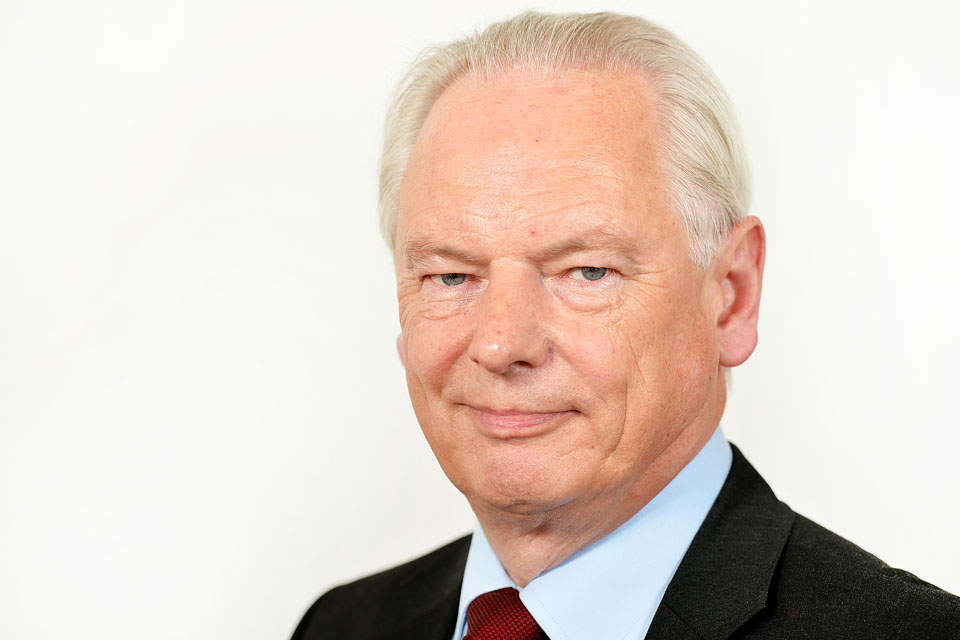Public bodies reform programme update
Francis Maude gave a written ministerial statement in the House of Commons on progress in reforming public bodies.

In May 2010, the government committed to review public bodies, with the aim of increasing accountability for actions carried out on behalf of the state. Nearly four years on, I am pleased that the Public Bodies Reform Programme has made excellent progress in the biggest reform of the public bodies in a generation. Earlier this year the National Audit Office commended this progress and “major simplification of the public bodies landscape”.
Today I am placing in the Library of the House an update setting out progress. It is the first comprehensive update since the Public Bodies Act received royal assent in 2011. The achievement now stands at over 95% of planned abolitions and mergers completed.
The Public Bodies Reform Programmes’ successes include:
- reducing the number of public bodies by over 285 - by abolishing more than 185 and merging over 165 bodies into fewer than 70
- improved accountability through bringing the functions of over 75 bodies closer to democratically-elected representatives
- increased funding from alternative sources and volunteering by moving some organisations outside the public sector under innovative delivery models
- achieving cumulative administrative spend reductions as at March 2014 of £2bn since 2010
- the programme is now on track to exceed cumulative spend reductions of £2.6bn by the end of March 2015
Full details of the reforms are available at https://www.gov.uk/public-bodies-reform.
Today the Cabinet Office is publishing Public Bodies 2014 - detailing the broad range of public bodies sponsored by the UK government.
The Public Bodies annual report was first published by the Cabinet Office in 1980. Initially it reported on the size, expenditure and membership of non-departmental public bodies (NDPBs), but since 2010 it has been expanded. Today it is a single transparent source of top-level data on all NDPBs, executive agencies and non-ministerial departments. Public Bodies 2014 also contains an annual update of the progress in rationalising the public bodies landscape, the savings made and the legacy delivered by the work on the sponsorship and Triennial Review programme, which will continue reform.
Public Bodies 2014 will be an online publication, available at https://www.gov.uk/government/publications/public-bodies-2014, and the data set will be updated quarterly where applicable.
Continuing reform
We have delivered our promise. The landscape is now smaller, more accountable and efficient, with reduced administrative costs, ensuring better value for money to the public. This remarkable achievement is thanks in no small part to the committed public servants who have embraced the spirit of reform. We will continue to work in partnership with the chairs and chief executives of public bodies to build on these achievements. and improve accountability, embracing innovation and, most importantly of all, raising the quality of services. This is efficiency and reform at its best - not just cutting costs, but actually finding new and better ways of providing services that people can rely on.
Triennial reviews provide regular, rigorous review of the form and function of public bodies to guarantee that NDPBs exist for a clear purpose, deliver the services their users want, maximise value for money for the taxpayer and do not outlive their useful purpose. The Cabinet Office and departments have worked together to apply lessons from the first phase of the triennial review programme, firmly embed good practice for the next phase and build the civil service’s capacity for good governance of the landscape of arm’s-length bodies.
To ensure that departments improve the way they sponsor public bodies in the long term a sponsorship specialism has been established this year for over 500 officials across government. Independent analysis of the Public Bodies Reform Programme undertaken by academic experts at the Universities of Birmingham and Sheffield demonstrate that a step change has been achieved in Government capacity to undertake public bodies’ sponsorship, but we will continue to work to improve this.
We are also pressing forward with a review of the classification system for public bodies in order to ensure that it is fit for purpose.